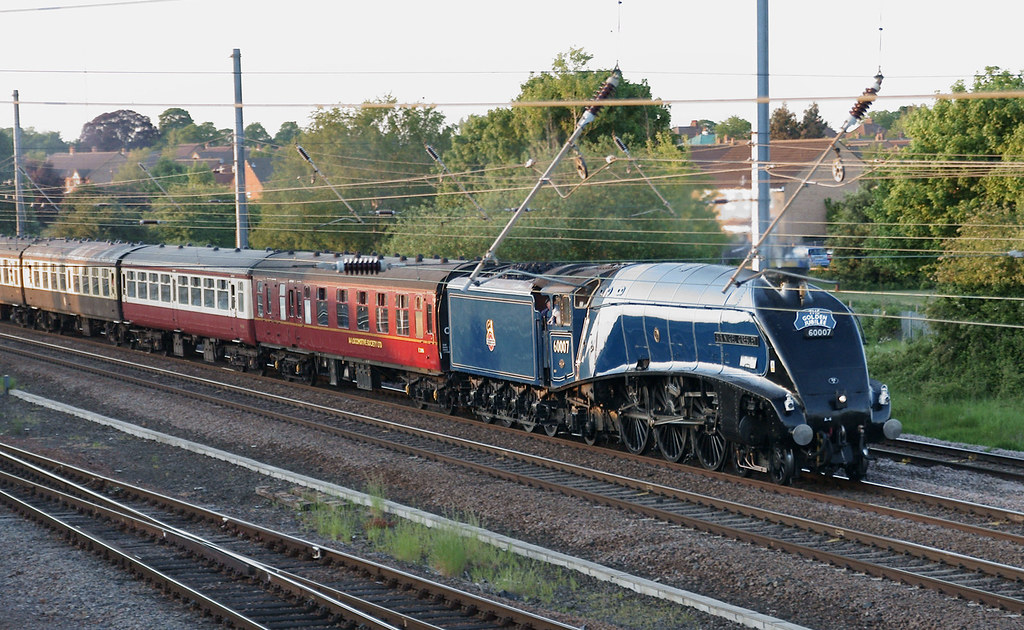London8
The London rail network is probably the second largest network on the planet after that of Tokyo's; encompassing some 1,200 heavy rail stations (600 in the city, 600 in the metro area), and a crazy 5,938 route km (not to be confused with track km).
Breakdown of Route km
400km - London Underground
818km - London National Rail
4,720km - London Metro National Rail
5,938km - TOTAL
Not included in the above, but the other rail networks of London:
31km - DLR
28km - Croydon Tramlink
There are some 20+ different rail operators managing the vast rail network, with thousands of trains entering Central London delivering millions of commuters to their desks. Most of the commuter and intercity rail operators terminate at one (or several) termini dotted around the central core:
- London St Pancras (Eurostar, East Midland Trains, First Capital Connect, Southeastern)
- London King's Cross (East Coast Main Line, First Capital Connect, Hull Trains)
- London Moorgate (First Capital Connect)
- London Liverpool Street (National Express East Anglia, London Stansted Airport Express)
- London Fenchurch Street (c2c)
- London Bridge (First Capital Connect, Southeastern, Southern)
- London Cannon Street (Southeastern)
- London Charing Cross (Southeastern, Southern)
- London Waterloo (South West Trains)
- London Victoria (London Gatwick Airport Express, Southeastern, Southern)
- London Paddington (Heathrow Connect, London Heathrow Airport Express, First Great Western)
- London Marylebone (Chiltern Railways)
- London Euston (London Midland)
Due to the nature of the network it would be futile to try and count the number of lines due to bundling and overlapping of train operators and services.
London Rail Maps
London Connections
 London Metro
London Metro
 Commuter Rail Operators
Commuter Rail Operators
Major National Rail development projects that are currently being undertaken include a massive expansion of one of the central rail routes (First Capital Connect), the construction of another (Crossrail), and planning for further lines. Several termini are either in the process of being given major overhauls (London King's Cross, London Bridge & London Cannon Street), or are due one in the next five years (London Euston, London Victoria & London Waterloo).
All stations across the network now have electronic platform display boards, and major on-going works include providing step-free access, longer and more numerous platforms and modern, longer, and faster trains. The latest addition being Europe's first Shinkansen. It is also hoped that the Oyster (contactless) card or another ITSO compatible card will be unveiled across the entire transport network allowing for greater accessibilty and convenience.
In the metro area, work continues to open former-mothballed lines, and open up more of the metro to London and surrounding settlements. Over the next 10 years, the likes of the Varsity Line (which once connected the university cities of Cambridge and Oxford) could be open - creating a new orbital railway around London. Stations on current lines are also opening to provide greater accessibility.
c2c
 Chiltern Railways
Chiltern Railways
 First Capital Connect
First Capital Connect
 First Great Western
First Great Western
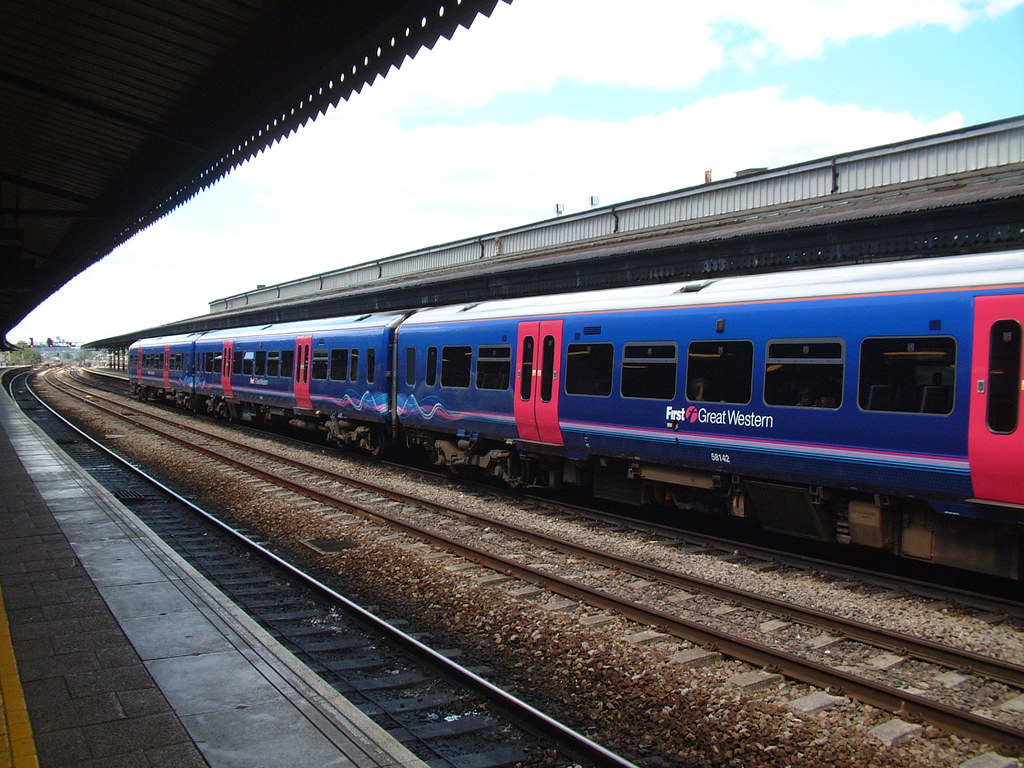 Heathrow Connect
Heathrow Connect
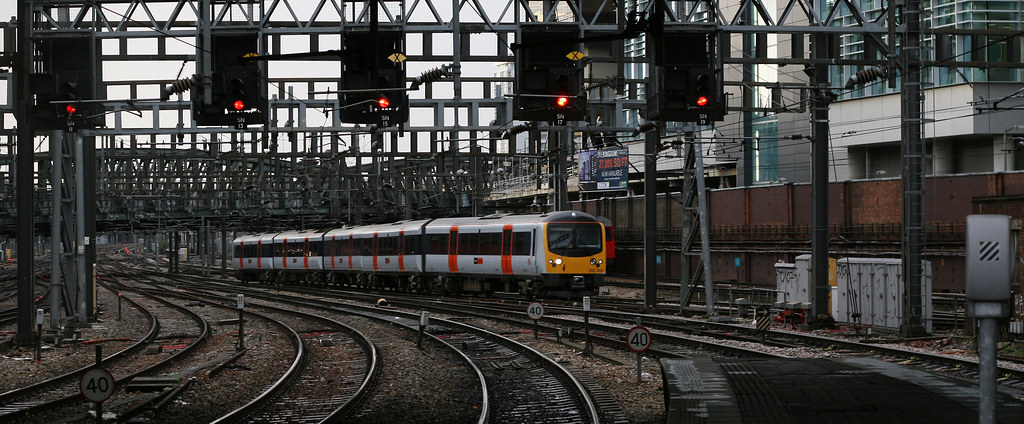 London Midland
London Midland
 National Express East Anglia
National Express East Anglia
 South West Trains
South West Trains
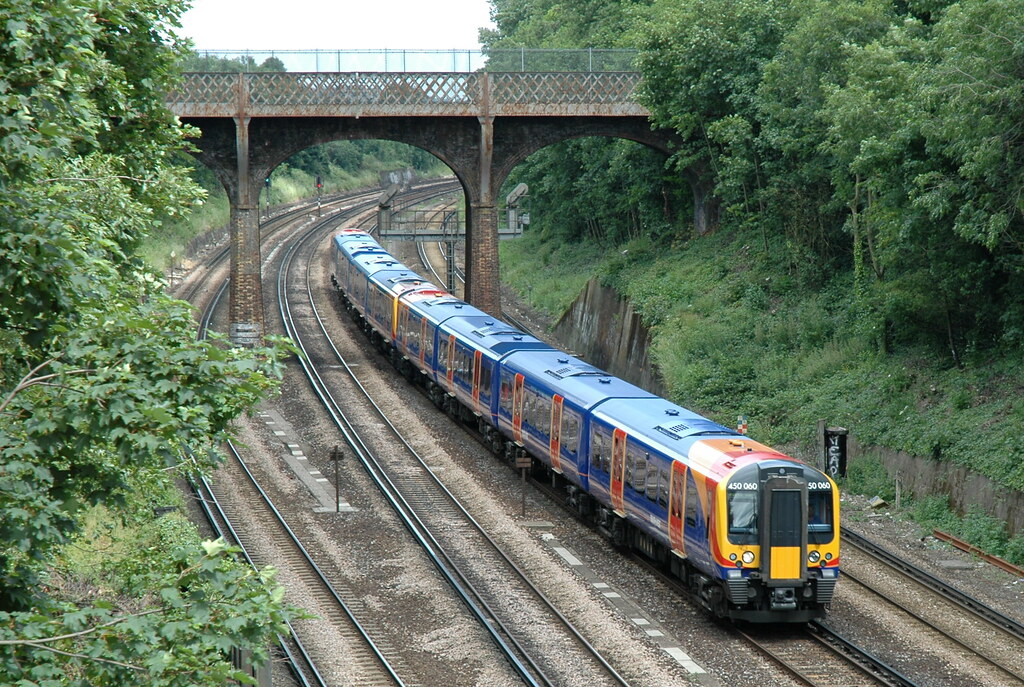 Southeastern
Southeastern
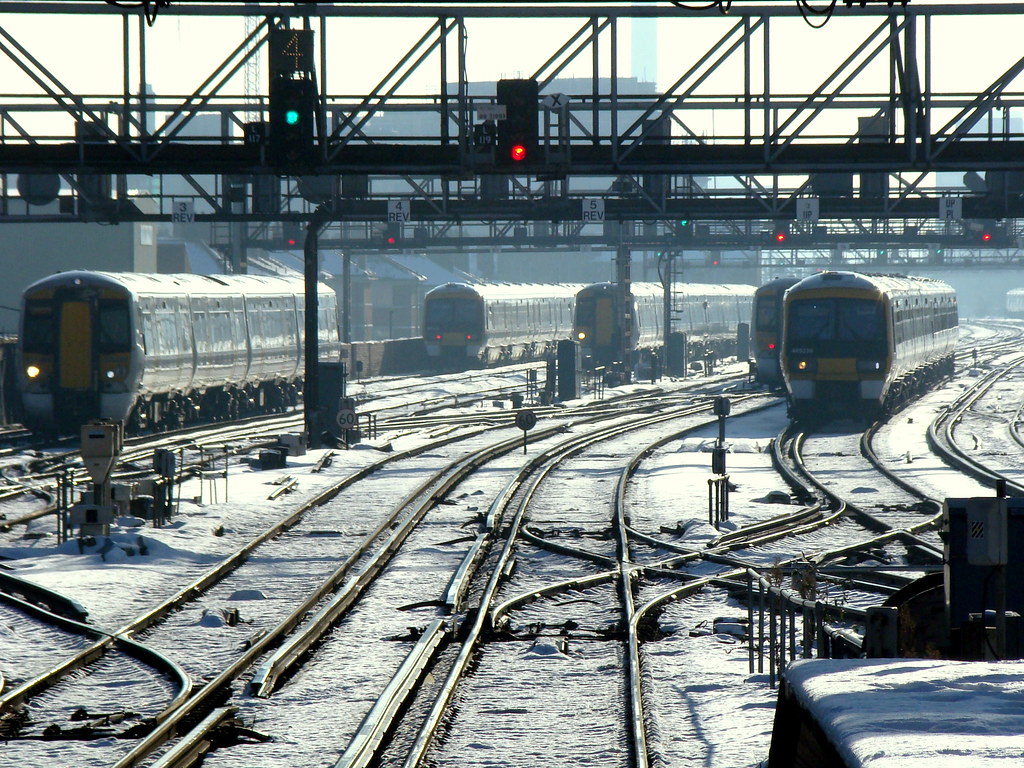 Southern
Southern
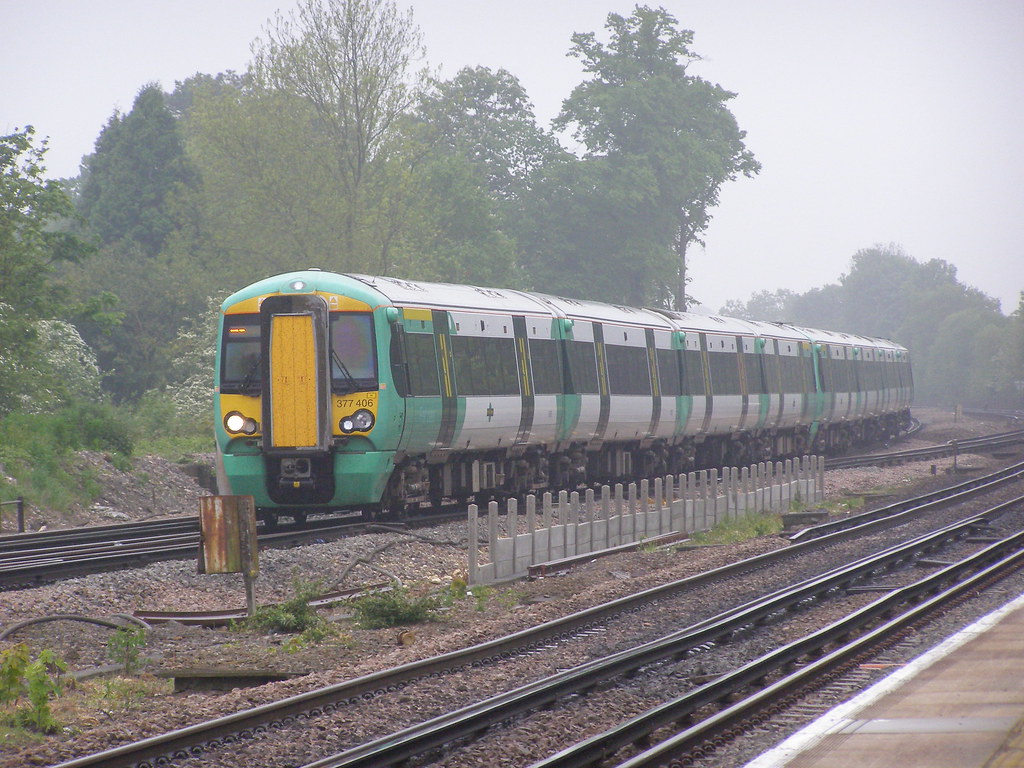 Airport Express Services
London Heathrow Airport Express
Airport Express Services
London Heathrow Airport Express
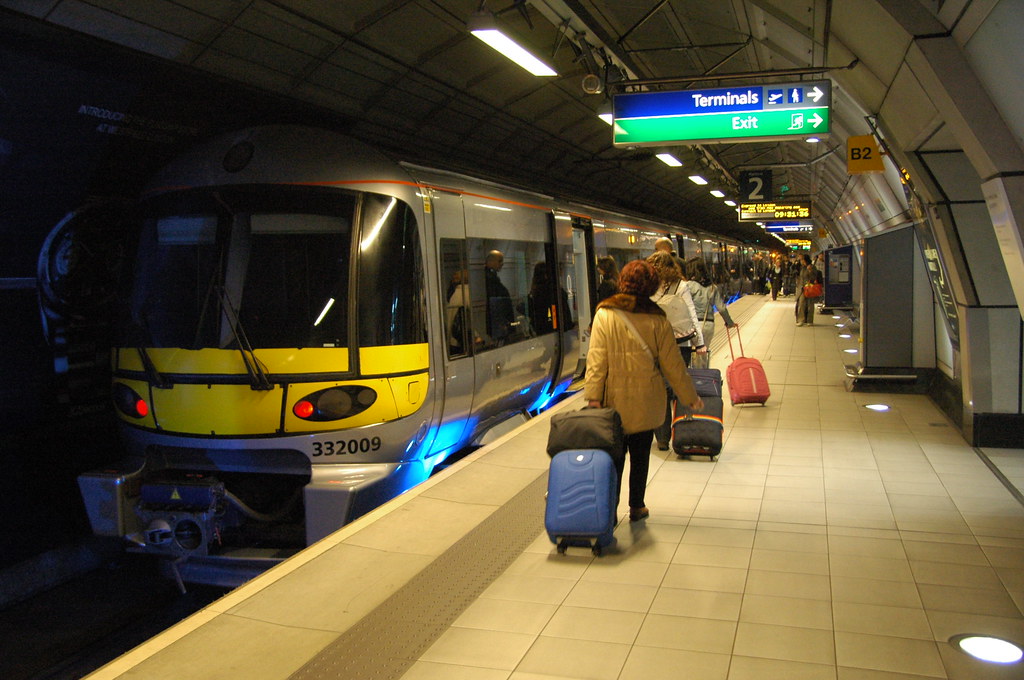 London Gatwick Airport Express
London Gatwick Airport Express
 London Stansted Airport Express
London Stansted Airport Express
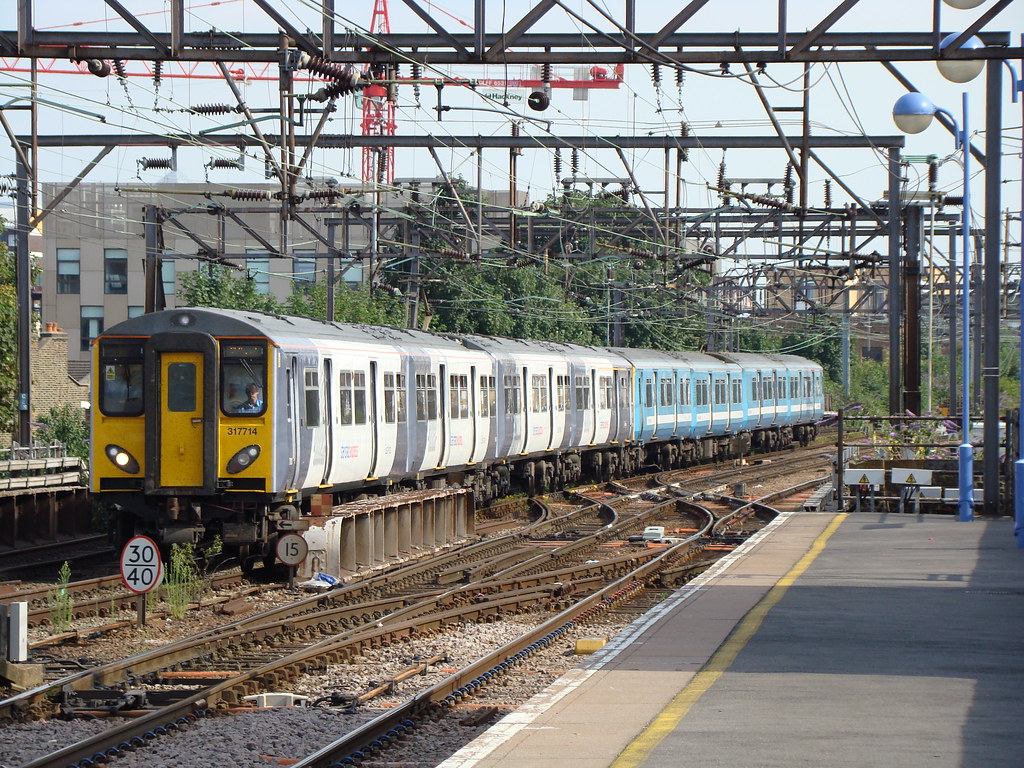 Intercity Rail
East Coast Main Line
Intercity Rail
East Coast Main Line
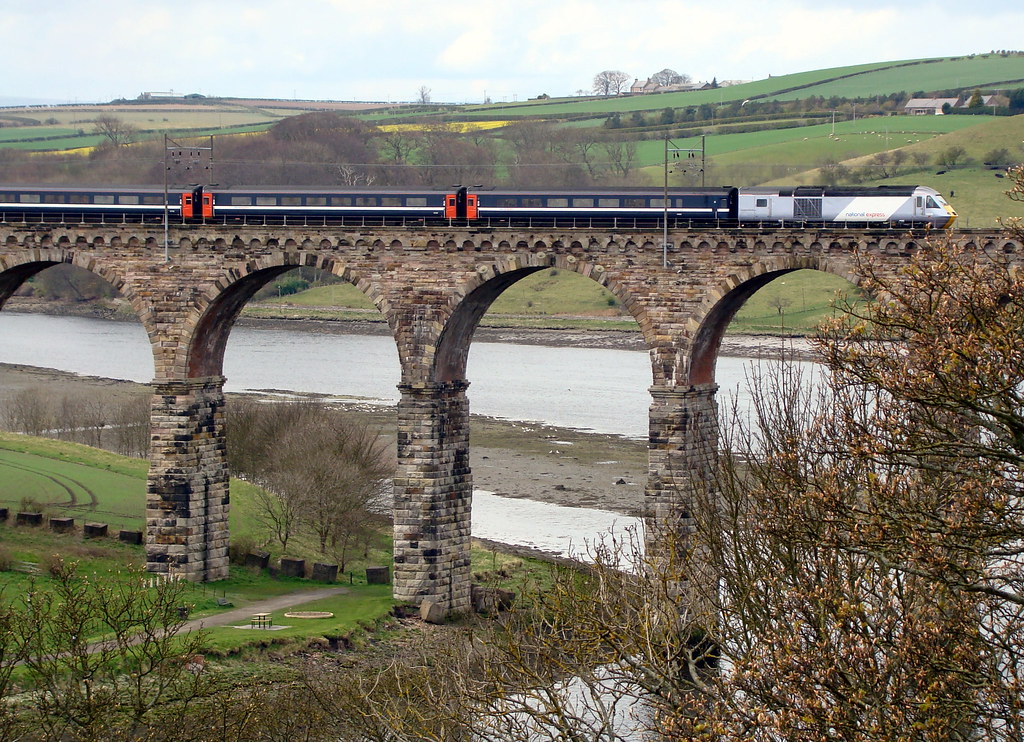 East Midland Trains
East Midland Trains
 Eurostar
Eurostar
 First Great Western
First Great Western
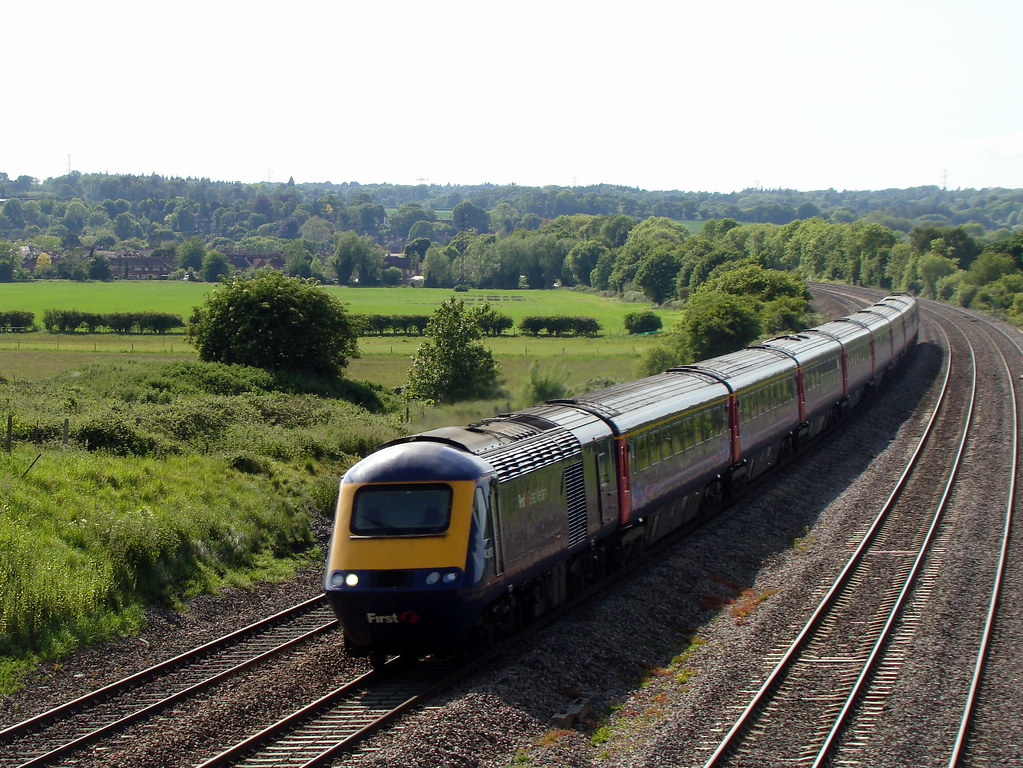 Hull Trains
Hull Trains
 National Express East Anglia
National Express East Anglia
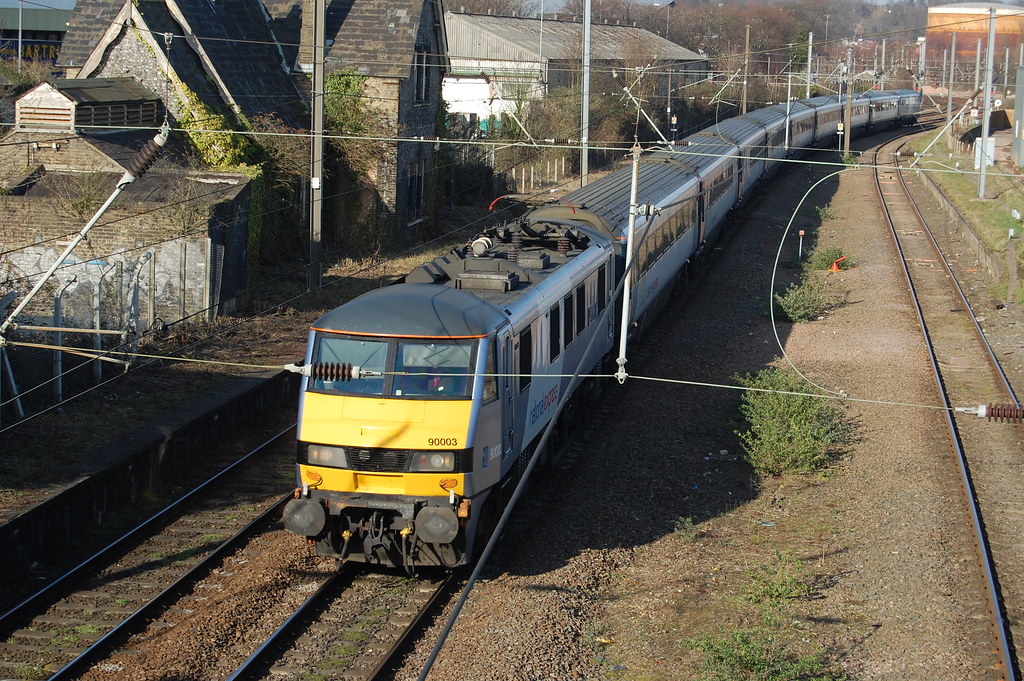 Southeastern Intercity
Southeastern Intercity
 Virgin Trains
Virgin Trains
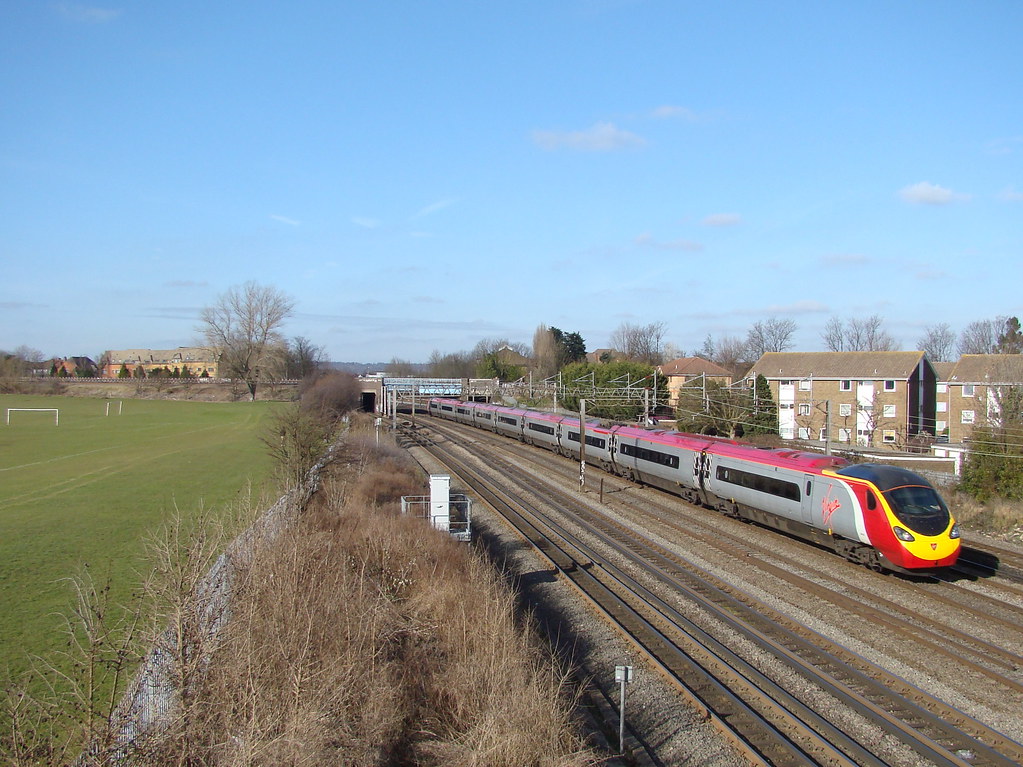 Transport for London Services
Croydon Tramlink
Transport for London Services
Croydon Tramlink
London used to have a vast tram network that spanned the entire city - including possibly the world's only underground double decker tram route. The advert of the double decker bus however led to its decline, and today it is the bus that rules supreme (10,000 buses and 6mn daily ridership). Today while there are several lines planned or on-hold, the only physical network (3 lines) is that in Croydon (south London). The Croydon network itself has a few extensions planned, but nothing is likely to go ahead in the immediate future.
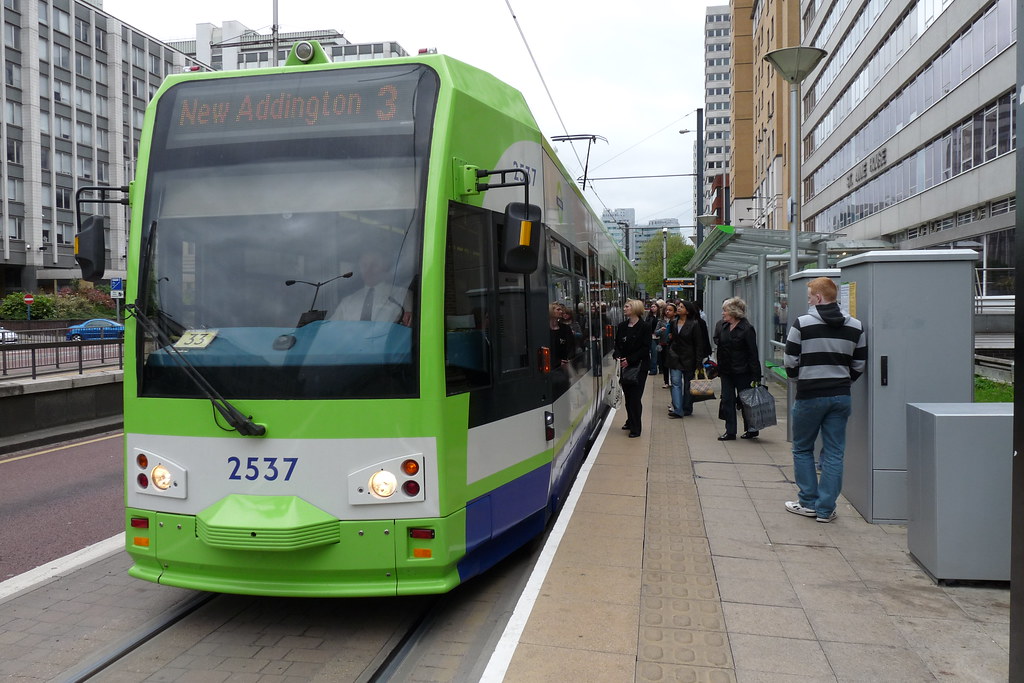
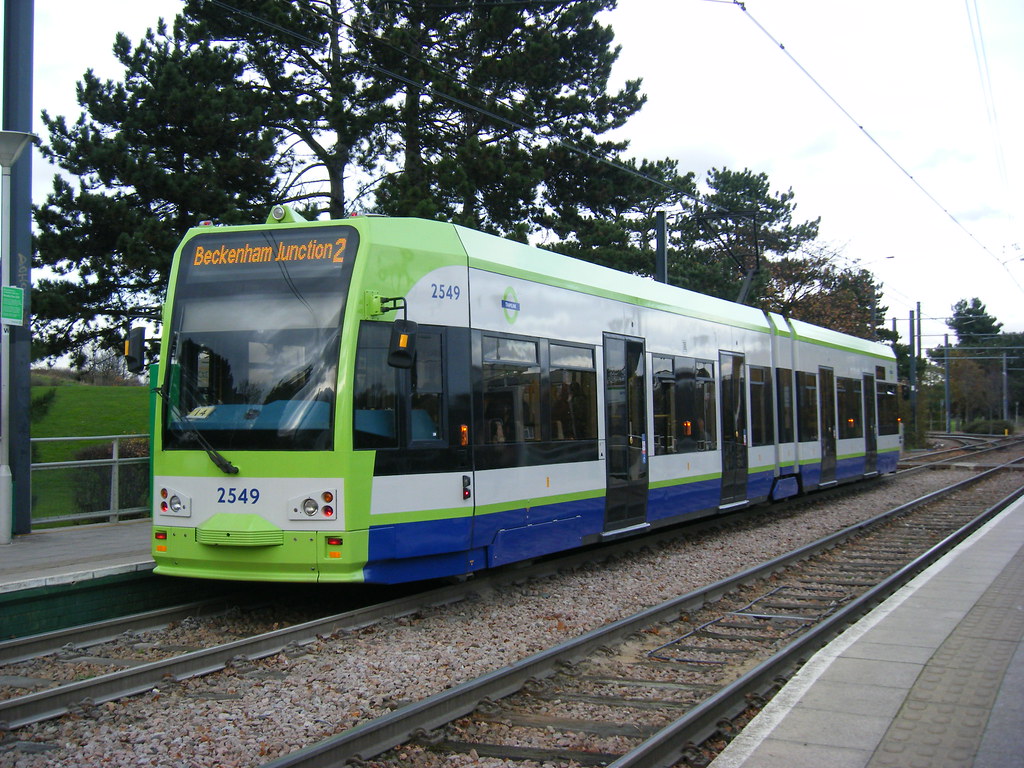 DLR
DLR
By itself, the DLR would be suitable for most reasonable city's mass transit system; being easily comparable to Copenhagens' Metro and Skytrain in Vancouver (all three are fully automated metros). An extension via London City Airport to Woolwich opened less than a year ago, and an extension to Stratford International is due to open in 2010. Additional extensions to Dagenham Dock, and another to London Victoria or London Euston are in the pipeline, but most future work will probably extend the network further eastwards as part of the Thames Gateway project.

 London Overground
London Overground
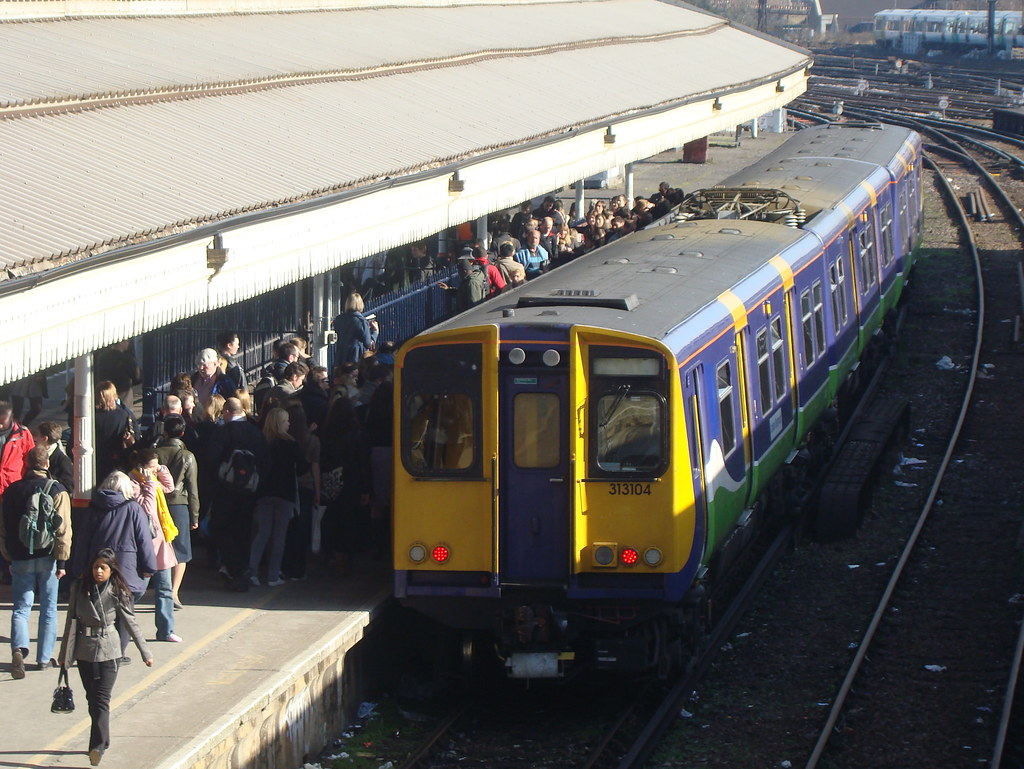
 London Underground
London Underground
The London Underground which itself is the oldest and largest network on the planet is also undergoing several significant projects. The world's largest rail system modernisation scheme is being undertaken, with stations being redeveloped, and several thousand new carriages (the largest order of its set to make an entrance from this December onwards.
An extension to Heathrow Terminal 5 opened in 2008, but the majority of work on the Underground is to provide greater access from the surface and at interchanges, and less congestion and delays.
That said, work continues to progress on Phase I of the East London Line Extension, with Phase II to be complete in 2011 creating a second circle line around Central London. The London Overground lines will add 80km to the London Underground/Overground total. The LO trains were officially unveiviled yesterday and are the first trully walkthrough trains in Britain.
There are also plans at various stages of development to extend the Metropolitan Line to Watford Junction (4 stations - 5.5km), a northern extension to the Bakerloo to Watford Junction (6 stations), and a southern/south-eastern extension to the Bakerloo.
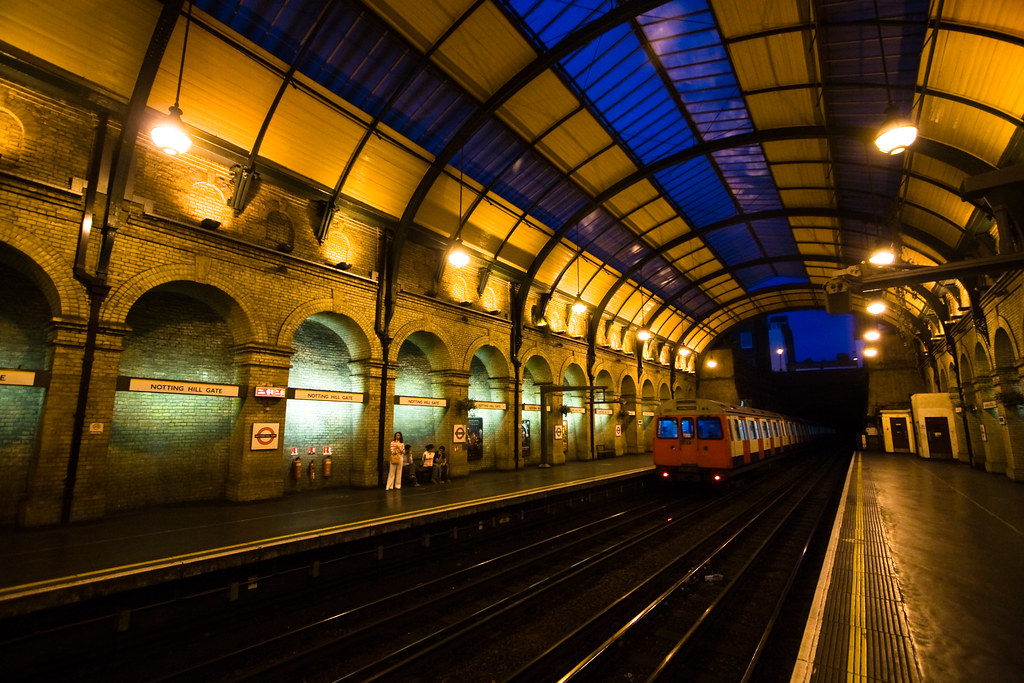
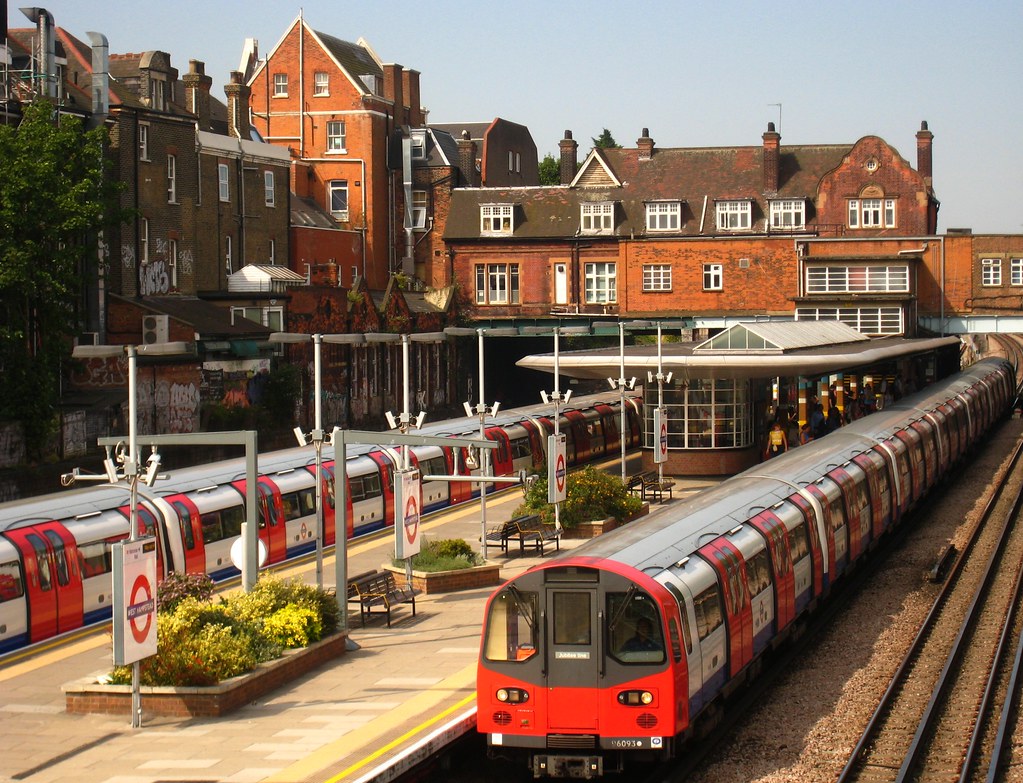

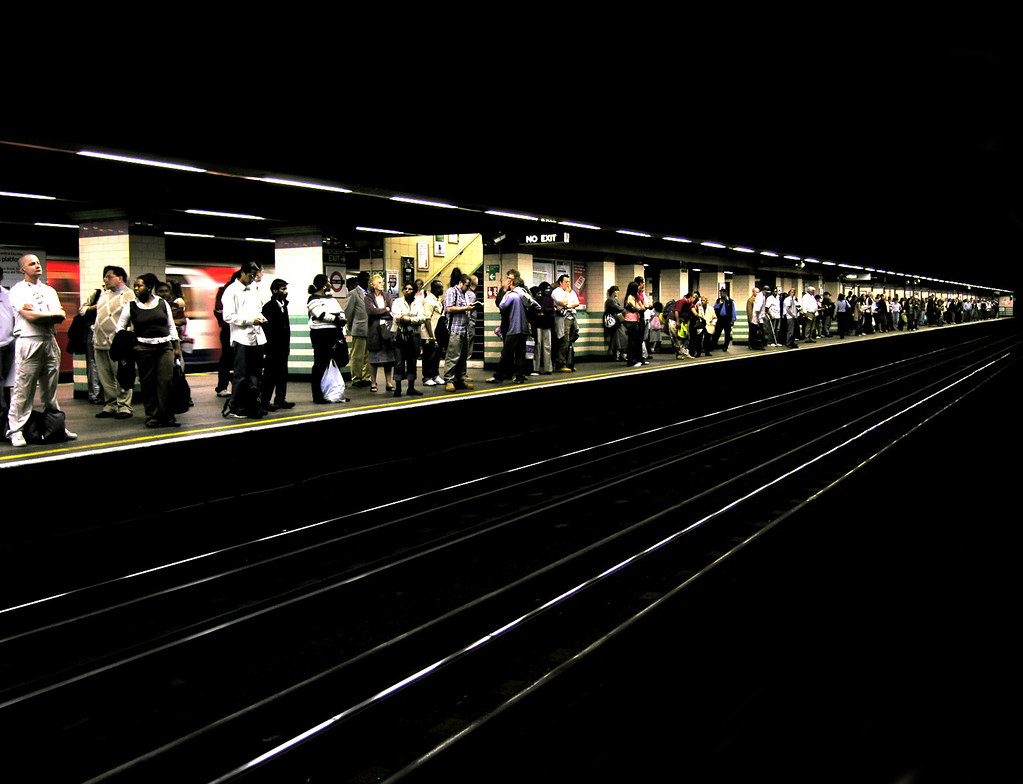

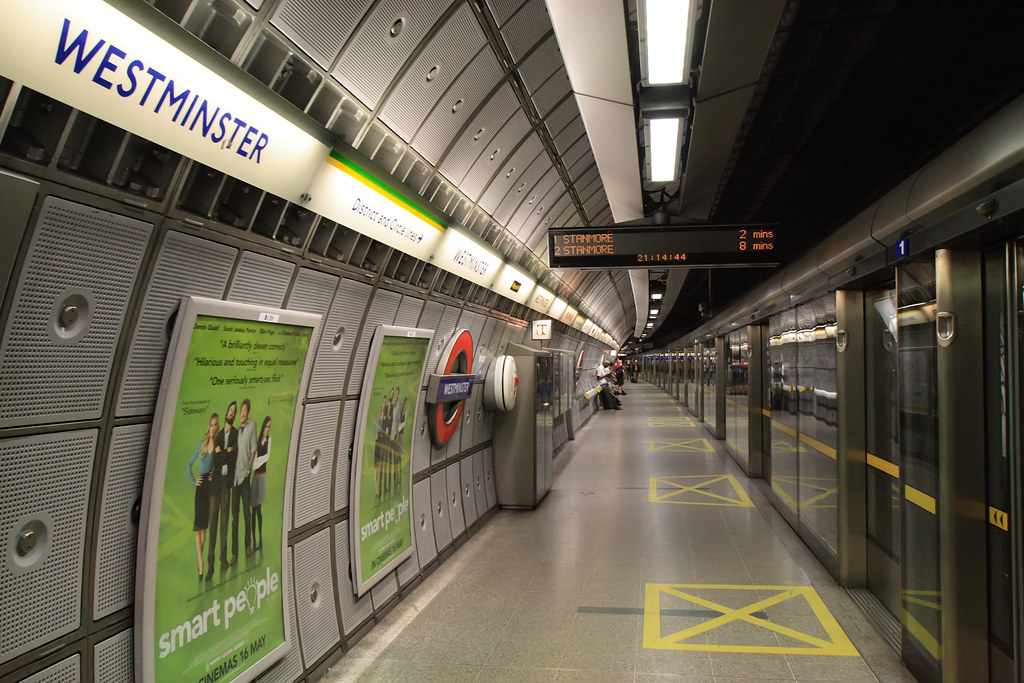

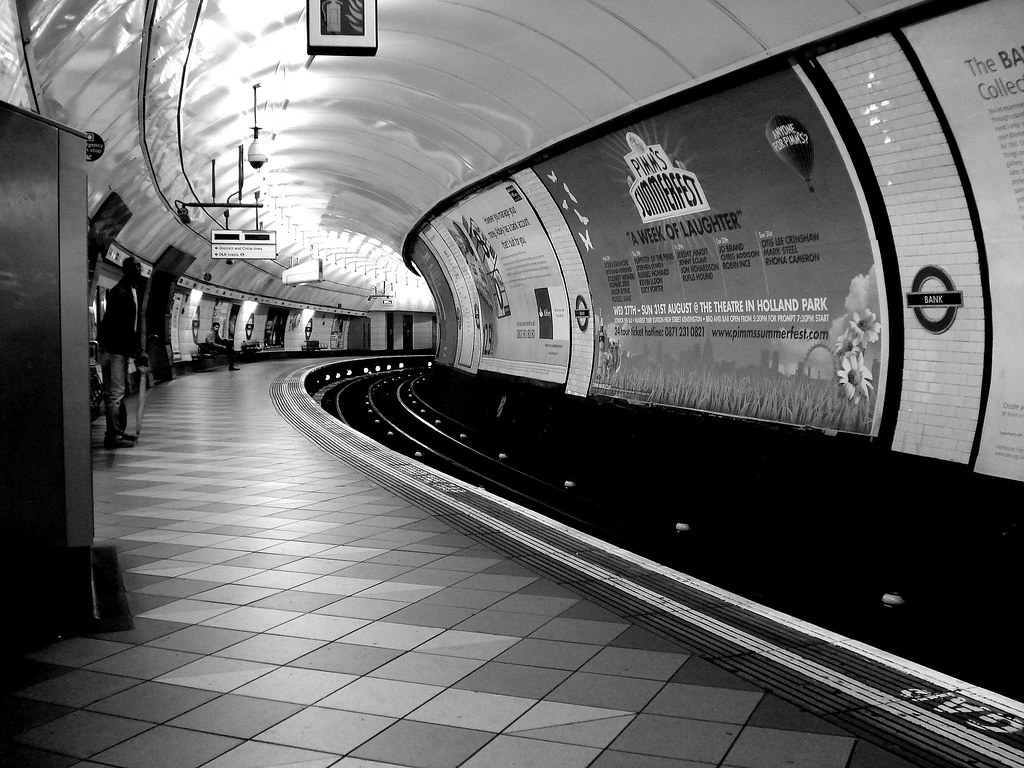 Other Tain Services
Other Tain Services
In addition to the normal day-to-day heavy and light rail operations across London and its metro, there are special services that run frequently from London across the UK, one being the Cathedral Express. In addition to services that run on National Rail track, there are dedicated routes and lines (not for commuter or intercity operations) for railway enthusiasts and tourists. London and its environs counts 24 such (standard gauge) railways, including the world's oldest preserved railway the Bluebell Railway.

